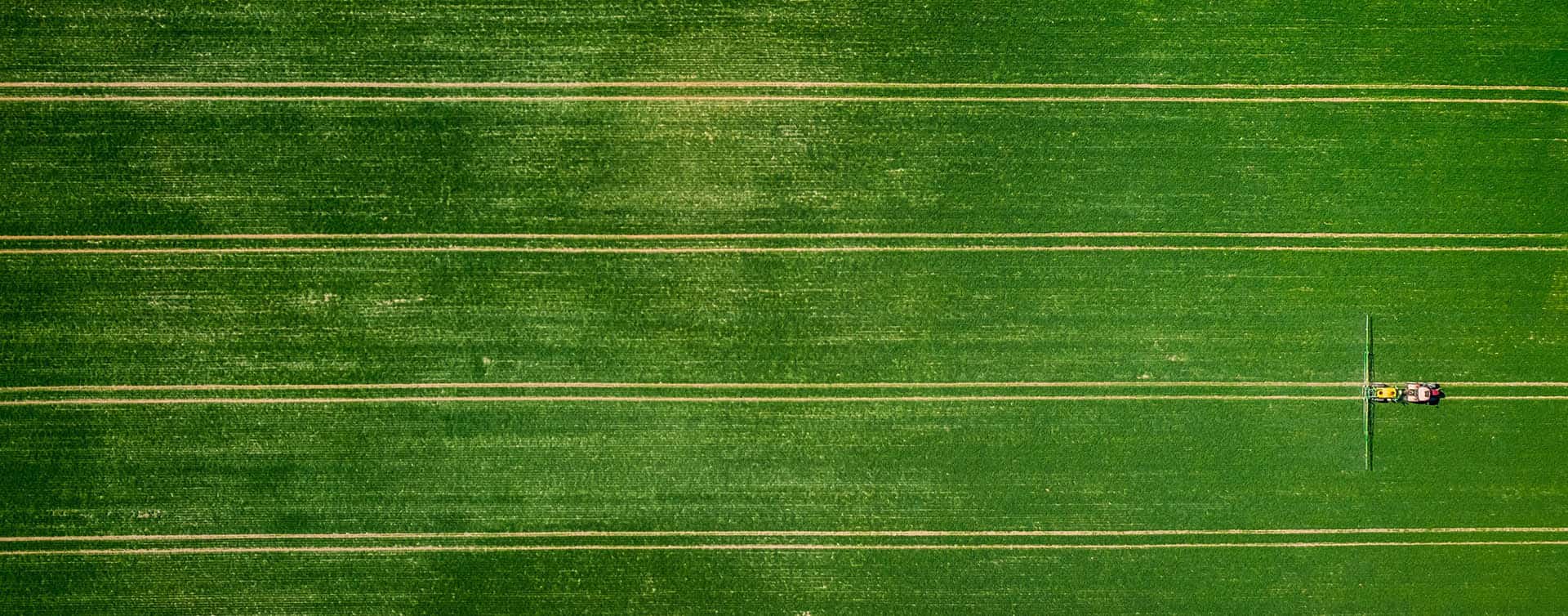NEW IDEAS IN COMPLEXITY SCIENCE
On May 24th, 2018, the First External Faculty Meeting of the Hub started with a public conference.
In short talks complexity scientists from all around globe shared their visions on the question “Complexity: Where do we go from here?”
What are the open, the most pressing, the most promising questions to an understanding of complexity and Big Data?
Find the talks of all conference participants (in order of appearance) on our Youtube channel in the playlist of the conference.
An overview with photographs of the event and links to all available slides can be found here.
BOSA TADIC
“MULTIDISCIPLINARITY MAKES COMPLEXITY SCIENCE UNIQUE”
The second talk was given by Bosiljka Tadic from the Jozef Stefan Institute Ljubljana.
Bosa started with a reflection on what makes complexity science unique. “We all think about this question,” she said. “My answer is: true multidisciplinarity. Physics needs the input of machine learning, psychology, neurology, and many other disciplines as well as new mathematics that will help to say where complexity resides.”
To be recognized as a science with unique approaches, Bosa thinks complexity scientists should put human social experience in the center of their investigations – with the inputs of all the different disciplines. “We have to study mechanisms, not just describe phenomena,” she said. “We need to answer Why-questions and use Big Data as experimental facts.”
HIGH ORGANIZED STRUCTURES
An example is the human brain.
We know now a lot about brains, Bosa said: that they are complex. And that they are different. “But where is this difference hiding? I think the difference lies in high organized structures.”
Take for instance a connection between two or more brains. “The so called social brain – different brain areas which act together to enabled social cognition – allows us to know what’s going on in your mind. And even more so: I know what you know that I don’t know what you know. This makes us human. Other species probably do not have these possibilities.”
Complexity science can analyze these structures as networks. “Two-brain networks have much more complex structures than two separate brains,” Bosa points out where she thinks the complexity of human coordination is living.
In all layers of networks – be it a single brain, a brain-to-brain interaction or a social networks of several individuals – hidden non-trivial high order structures can be found.
The way these structures combine together make each network unique. “Even the same brain has a different structure if it is used to solve a mathematical problem or to write a poem.”
Nevertheless Bosa sees something like an underlying geometrical vocabulary of the network organization that is always there and always similar. To decipher this vocabulary is, she thinks, a worthwhile task for complexity research.
CLICK FOR BOSA’S SLIDES
See the video in full lenght here.

